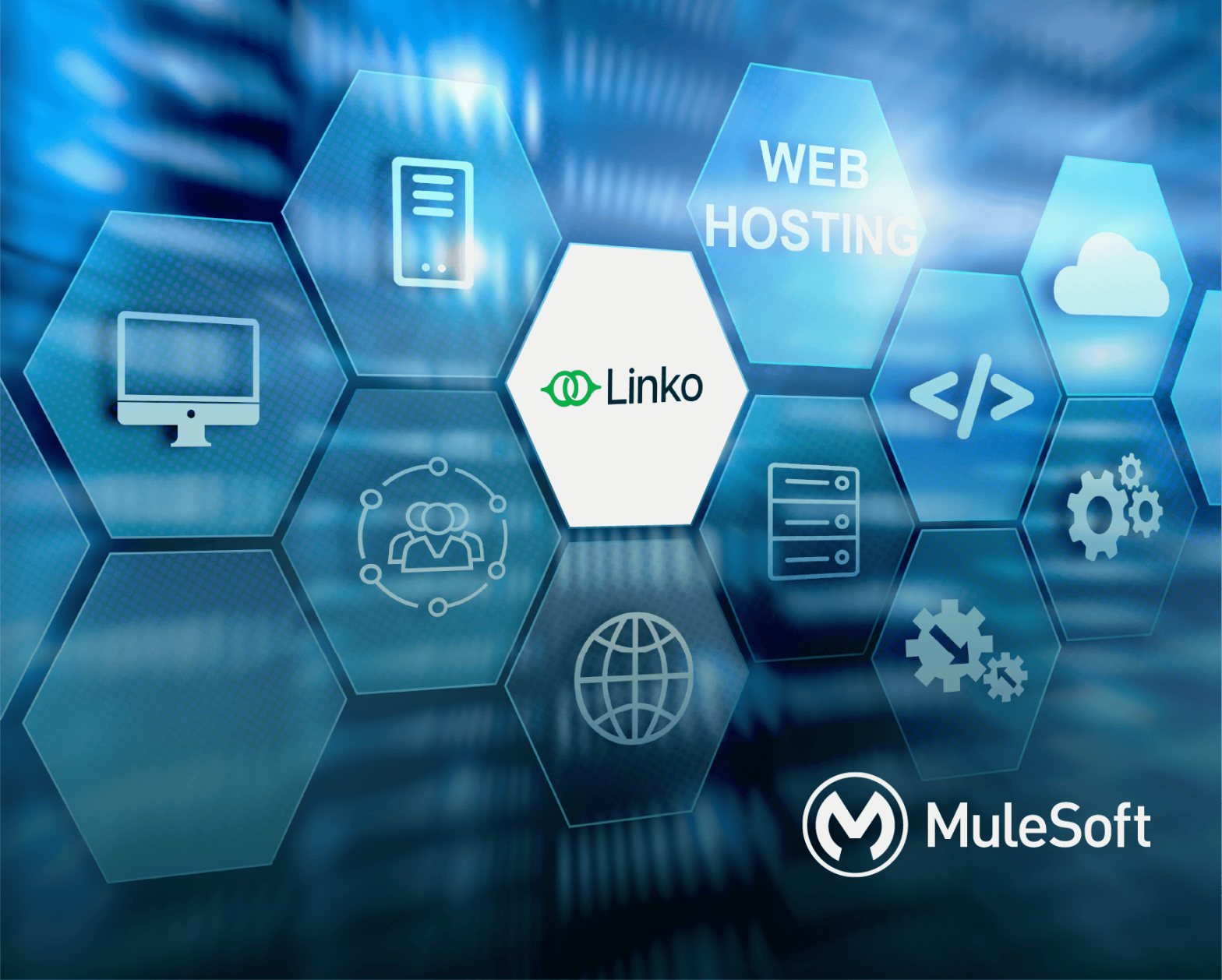Intelligent automation has become a key driver in turning digital transformation from a strategic ambition into real operational results. Yet many organizations still struggle to connect technology with tangible value.
According to McKinsey, 70% of digital transformation initiatives fail—mainly due to a lack of focus on automating critical processes, internal resistance to change, and poor integration across data, systems, and teams.
In practice, this results in slow workflows, repetitive manual tasks, and decision-making bottlenecks. In this context, intelligent automation emerges as a fundamental element to make digitalization not just progress—but scale, optimize, and sustain over time.
Once the challenge is identified, it’s crucial to understand what exactly we mean by intelligent automation and how it differs from more traditional approaches.
What is Intelligent Automation?
Intelligent automation (IA) integrates technologies such as robotic process automation (RPA), artificial intelligence (AI), machine learning, data analytics, and API-based integration to optimize processes end to end.
Unlike traditional automation, which follows fixed rules, intelligent automation can learn, adapt, and make decisions in real time based on both structured and unstructured data.
As a result, organizations can:
- Automate complex tasks that require contextual analysis
- Integrate information across departments and systems
- Scale processes without adding extra human resources
- Make decisions based on behavioral patterns and predictive analytics
However, automation should never be seen as an end in itself. It only delivers value when aligned with a broader digitalization strategy—one that truly transforms operations, not just digitizes them.
Automation as the Foundation of Digitalization
Digitizing without automating can create a false sense of modernization. Many companies migrate operations to digital platforms but retain manual workflows that limit their evolution.
Through intelligent automation, digital processes become:
- Executed without manual intervention
- Auditable, measurable, and scalable
- Responsive to regulatory or market changes
- Less prone to human error and rework
From the Digitalization vertical, automation means transforming operations—not simply digitizing them. It means turning data into decisions, systems into connected workflows, and talent into a competitive advantage.
Moreover, automation also redefines how organizations protect their digital assets. Today, it’s no longer about prevention—it’s about anticipation.
Automated Security: Beyond Reaction
Intelligent automation represents a paradigm shift in cybersecurity. As threats grow more sophisticated, reactive defense is no longer enough. Organizations must anticipate and act proactively.
In this context, automation enables real-time anomaly detection, automatic responses to critical incidents (such as access blocking or system isolation), and the automation of audit trails, compliance checks, and data protection. Consequently, security controls become embedded across every operational layer.
Instead of relying on siloed human teams, automation promotes continuous, distributed, and proactive cybersecurity—fully aligned with both regulatory requirements and customer expectations.
To function effectively, intelligent automation depends on a solid data foundation and a flexible technology environment. This is where the cloud plays an essential enabling role.
Data + Cloud = Scalable Intelligent Automation
Data is the fuel of any automated process. However, having data is not enough—it must be managed, integrated, and analyzed properly.
From the Data & Cloud vertical, intelligent automation relies on:
- Access to clean, updated, and structured data
- Seamless connectivity between on-premise and cloud environments
- Real-time analytics to power decision engines
A well-managed cloud environment enables real-time operations, multi-source data integration, and scalable automation. In addition to lowering costs, it ensures security, compliance, and faster decision-making, unlocking a more connected, efficient automation layer.
When data flows freely and infrastructure supports it, automation scales exponentially.
Even so, despite its potential, organizations still face significant challenges when adopting automation sustainably.
Key Obstacles to Implementation
Although the benefits are clear, many organizations encounter barriers when adopting intelligent automation:
- Lack of process standardization. Automating unclear workflows only scales inefficiency
- Legacy systems. Outdated infrastructure limits scalability and demands costly connectivity bridges
- Organizational resistance. Fear of change or job displacement delays adoption
- Limited visibility of impact. Without metrics, justifying investment becomes difficult
Overcoming these barriers requires a clear strategy, strong leadership, and a results-driven culture.
Best Practices for Implementing Intelligent Automation
To adopt automation effectively, organizations should:
- Map processes based on impact and effort—prioritize high-volume or time-sensitive areas.
- Start with quick wins to deliver immediate value and build internal confidence.
- Design a scalable roadmap involving multiple business units and long-term vision.
- Define KPIs from the start, such as time savings, error reduction, or improved compliance.
- Build hybrid teams that combine technical, operational, and strategic expertise.
By following these steps, automation can be implemented, embraced, and scaled effectively across the organization.
Automating to Compete and Grow
It’s important to remember: automation is not just a technological project—it’s a new way of operating.
Intelligent automation is no longer a trend; it’s a competitive necessity. It empowers organizations to compete, innovate, and grow in increasingly complex environments.
Ultimately, automation is about redesigning the business through data, technology, and a new mindset—one that places people at the center and technology as the strategic enabler.
Ready to Take the Next Step?
At Linko, we help organizations design intelligent automation strategies powered by data, cloud, and security.
Explore our solutions and schedule a consultation to discover how to turn automation into a driver of long-term growth.













